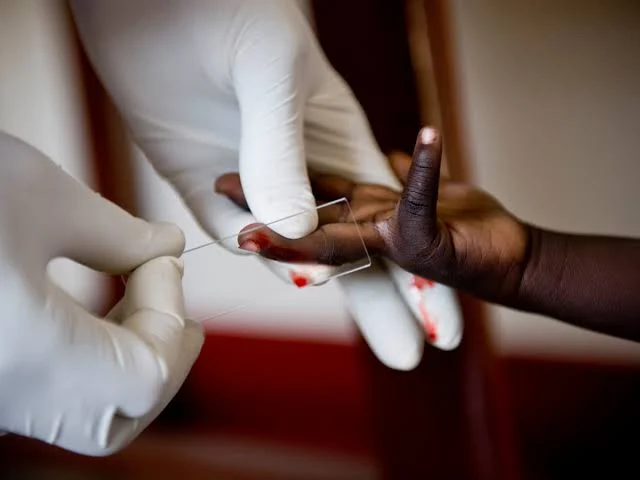Uganda is facing a renewed public health challenge as the number of people living with HIV/AIDS has climbed to over 1.5 million, according to new data released in 2024 by the Uganda AIDS Commission.
The rise serves as a stark reminder that while scientific advances have changed the face of HIV, the epidemic is far from over—especially in sub-Saharan Africa.
The figures are sobering: an estimated 1,527,240 people in Uganda are currently living with HIV. Of these, 1,456,570 are adults aged 15 and above, and the majority—over 60%—are women. In contrast, 528,819 men are reported to be living with the virus. Even more heartbreaking, 70,669 children under the age of 14 are also HIV positive.
This gender disparity is not just a statistic—it tells a deeper story. Women in Uganda often face a combination of biological vulnerability, gender-based violence, limited access to education, and economic dependency—all of which contribute to their higher risk of infection.
According to health experts, this increase is partly driven by ongoing new infections among young people, particularly adolescent girls and young women. Many of these girls face early marriages, sexual exploitation, and limited access to comprehensive sex education. These structural issues, combined with social stigma and healthcare gaps, have kept the virus circulating despite national and global efforts.
Uganda once stood as a global example in the fight against HIV. In the 1990s, the country was praised for its openness and community-driven campaigns that helped reduce infection rates dramatically. But as time passed, funding constraints, changing social dynamics, and rising complacency have slowed momentum.
Yet, it’s not all bad news. Uganda has made major progress in expanding access to antiretroviral therapy (ART). Today, many people with HIV live full and healthy lives thanks to improved treatment and care. The country is also striving to meet the UNAIDS 95-95-95 targets, which aim for 95% of people with HIV to know their status, 95% of those diagnosed to receive treatment, and 95% of those on treatment to achieve viral suppression.
Also Read; Trump to Host African Presidents for Economic Dialogue
Still, gaps remain—especially in getting men to test early and start treatment. Many men in Uganda only seek help when they are already very sick. This late diagnosis not only endangers their health but also increases the risk of unknowingly passing the virus to others.
Stigma also remains a major barrier. In many communities, those living with HIV still face discrimination, making it harder for people to speak openly or seek help. Health officials are calling for more community-based interventions, youth programs, and support for vulnerable populations including sex workers, truck drivers, and people in fishing communities—groups often at higher risk.
The Uganda AIDS Commission, which coordinates the country’s HIV response, has emphasized that ending AIDS as a public health threat by 2030 is still possible—but only if there is a renewed national commitment. That includes stronger public education, widespread testing, better treatment access, and gender-sensitive health services.
Uganda’s journey with HIV is one of resilience, struggle, and unfinished work. While science and policy have delivered tools to save lives, defeating the epidemic will require tackling deep-rooted inequalities and strengthening systems that reach everyone, especially those most at risk.







